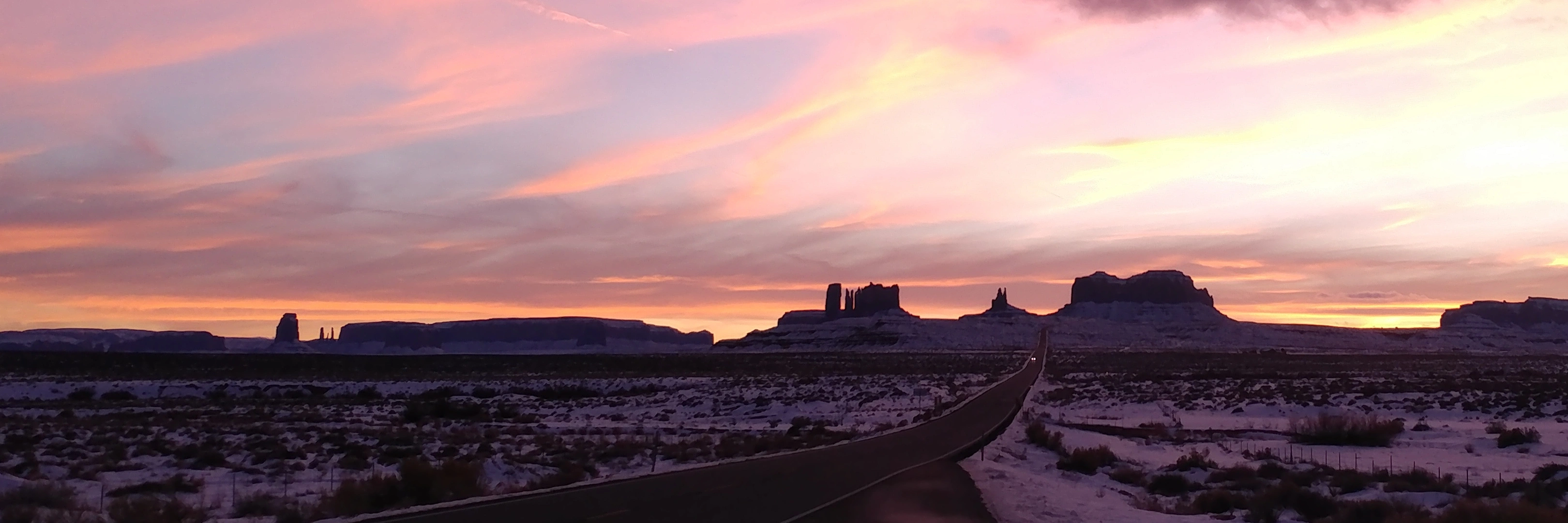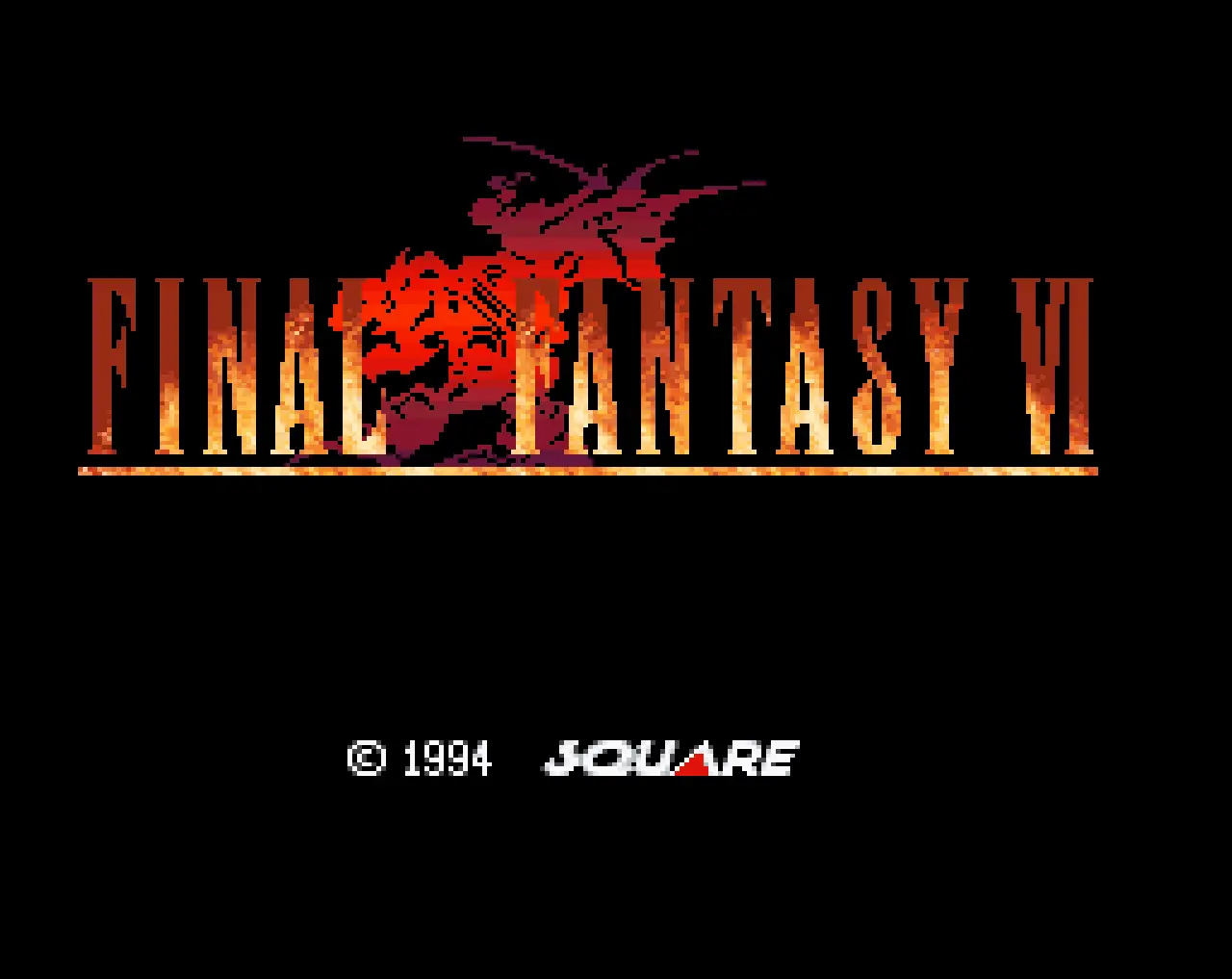baltakatei
/ˈbɑːltəkʊteɪ/. Knows some chemistry and piping stuff. TeXmacs user.
Website: reboil.com
Mastodon: baltakatei@twit.social
- 4 Posts
- 23 Comments

 303·9 months ago
303·9 months agoUltimately, mining should be banned from the surface of Earth. Let miners build orbital solar panel infrastructure close to the Sun where power is plentiful. See Bitcoin developer Peter Todd’s 2017-09-10 presentation on the subject (transcript).
Edit: Fixed URL. Edit2; Add transcript link.

 4·9 months ago
4·9 months agoSee List of mergers and acquisitions by Alphabet for the graveyard list. Sorting by Price helps. Some other notable companies that Google acquired rather than compete with:
- Nest Labs (home automation)
- DropCam (home automation)
- DoubleClick (advertisement)
- FitBit (wearables)
- Waze (GPS navigation)
- Skybox Imaging (satellite mapping)
- Like.com (shopping)
- Meebo (social network)
- GrandCentral (VOIP)
- Picasa (photographry)
- Tenor (GIF search)
- PhotoMath (LLM; became Bard)

 321·9 months ago
321·9 months agoI can’t pinpoint exactly when the fall started.
In my opinion, it was when anti-trust laws did not trigger upon Google acquiring YouTube because Google Video couldn’t compete. That meant it was open season on start-ups that otherwise might have grown to kill Google or other big tech companies like Apple, Facebook and Microsoft.

 9·9 months ago
9·9 months agoDonate to Mozilla Thunderbird. Free software isn’t free.

 1·11 months ago
1·11 months agoAmazon replacements:
- Audiobooks: Libro.fm (no DRM)
- eBooks: eBooks.com (specifically, their DRM-free section)
- Shopping: basically any major online retailer’s website
- Electronics: System76 (for gaming machines), ThinkPenguin (for FOSS machines)
- Groceries: your local grocer, lol.
As for video streaming, it’s going to take a breakup of the Big Tech monopolies via revival of anti-trust laws to fix that. Hear the first chapter of The Internet Con (skip to 2m5s) by Cory Doctorow for more on that.

 2·11 months ago
2·11 months agoCan we have space settlement without the war and genocide? It’s not like killing Indians and robbing trains is a fundamental requirement.

 9·11 months ago
9·11 months agoKeyboards were so nice when you wanted to accurately input characters without putting your faith in auto-correct. God help you if you need to input something not in its dictionary like someone’s name.

 52·11 months ago
52·11 months agoI would argue the original theft was when the publisher coerced creators to sign away their copyright power due to the monopoly the publisher has on the market: i.e. if you don’t sign your rights away, you can’t play.
In theory, creators could punish publishers by going on strike, but publishers abuse copyright law to remove potential competitors striking creators might flee to. The DMCA’s overly broad application of DRM that also prevents creators from freeing their content from publishers also inhibits competition by increasing switching costs for customers who build up a library or DRM’s content that they cannot transfer to another publisher.
Breaking up monopolies by restoring anti-trust law to a pre-Reagan state would prevent the original coersion-theft of rights from creators since creators could reassign copyright from misbehaving publishers, enabling customers to transfer their purchased libraries to another publisher.

 4·1 year ago
4·1 year agoWhen they were allowed to buy YouTube because their Google Video couldn’t compete was the turning point.

 97·1 year ago
97·1 year agoUnless anti-trust law changes, Google will just buy ChatGPT and Stability to reduce competition and form a new monopoly.

 4·1 year ago
4·1 year agoNext logical step is to modify the uploaded video itself to contain ads around the video frame or on automatically detected clear surfaces in the video.

 1·1 year ago
1·1 year agoGoogle will just buy such a competitor like Facebook did with Instagram.

 2·1 year ago
2·1 year agoHow many arms does a catboy need? Honestly.

 1·1 year ago
1·1 year agoItʼs basically elevator music.

 0·1 year ago
0·1 year agoSometimes I think I might have spent too much for my FLOSS System76 Launch keyboard but seeing this kind of monopoly moat-building chicanery makes me feel better.

 12·1 year ago
12·1 year agoI imagine more people would use Tor if they could get paid to provide bandwidth (like Orchid as described on FLOSS Weekly 633).

 2·1 year ago
2·1 year agoRotate board 90 degrees widdershins.

 2·1 year ago
2·1 year agoMaybe try out FreedomBox?
freedomboxis a Debian package which automatically sets upapache2,firewalld,fail2banand Letʼs Encrypt. It also automatically adds pre-canned configuration files for applications you install with it (e.g. Mediawiki, WordPress, Matrix, Postfix/Dovecot). The theoretical goal of FreedomBox is to allow anyone to set up a webserver and administer it via a webUI. So, although I would say itʼs not quite there yet for command-line-illiterate users, I have found the software useful as a turnkey server to see what makes certain web applications tick, albeït in mostly vanilla form.For example, after installing a new app like WordPress, you could examine what exactly the FreedomBox scripts changed in the
/etc/apache2/or/etc/fail2ban/configuration files.

 2·1 year ago
2·1 year agofgallery
TL;DR:
fgalleryis a dumb static web gallery generator: EXAMPLE, SETUP.There’s fgallery which is a small Debian package that takes an input directory (e.g.
photo-dir) and creates a static website in a new directory (e.g.my-gallery).$ fgallery photo-dir my-galleryDescription
From the Debian package details page.
static HTML+JavaScript photo album generator
“fgallery” is a static photo gallery generator with no frills that has a stylish, minimalist look. “fgallery” shows your photos, and nothing else.
There is no server-side processing, only static generation. The resulting gallery can be uploaded anywhere without additional requirements and works with any modern browser.
Among all the Debian packages similar to this one, this seems the most recently maintained (version 1.9.1 came out 2022-12-31). It is licensed GPLv2+ so the source code is available.
Upload to a web server
After running
fgalleryas described above, uploadmy-galleryto your static web page directory (e.g./var/www/html/with a typicalapache2setup) and open theindex.htmlthrough a web browser.Here’s an example gallery I made just now (setup procedure).
( Photo by Baltakatei / 🅭🅯🄎 4.0 )
Viewing locally with a browser
To view the gallery locally without uploading to a web server (e.g. a Digital Ocean droplet) or static content hosting service (e.g. AWS S3), you can do so with your own web browser. However, because the
fgallerywebpage uses Javascript and since modern browsers refuse to render Javascript in HTML pages at local file system addresses (e.g.file:///) due to same-origin policy, the easiest solution is to make a simple webserver via python3:$ python3 -m http.server -d ./my-galleryThen, you can visit the
my-gallery/index.htmlfile via a localhttp://address athttp://localhost:8000/.Summary
fgallerylacks many complex features (no image database, no metadata editing, no dynamic server processes for editing images, etc.). However, I’d argue its lack of features is the main feature. It just takes a directory of photos and spits out a directory you can plug into your hosting service. Updating the the gallery is just a matter of running the same$ fgallery photo-dir my-gallerycommand again and re-uploading.Edit(2023-07-07T12:05+00): Clarify python3 commend.
TL;DR:
fgalleryis a dumb static web gallery generator: EXAMPLE, SETUP.





Banks will use progressively less energy per capita as bulk data processing becomes more energy efficient, assuming they donʼt transition to using proof-of-work.